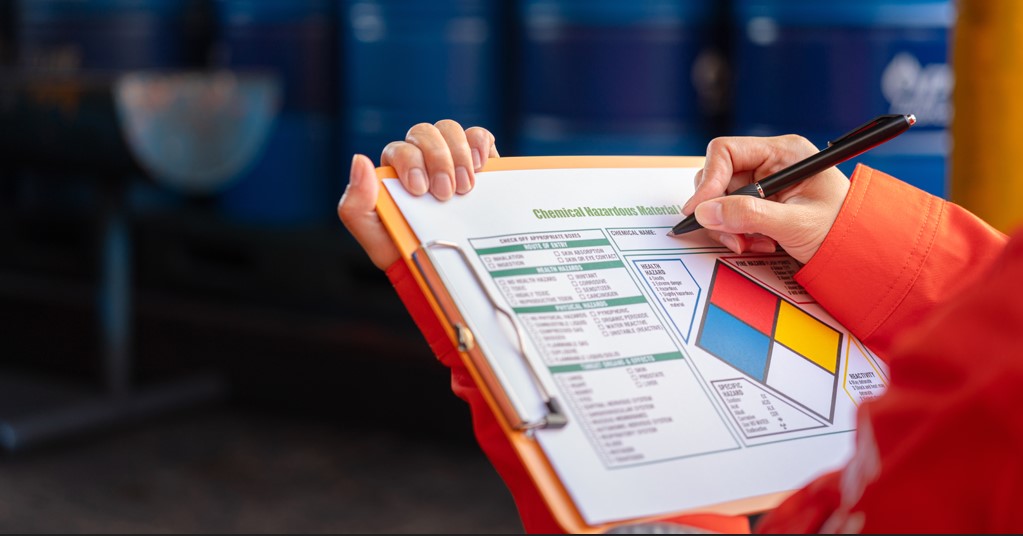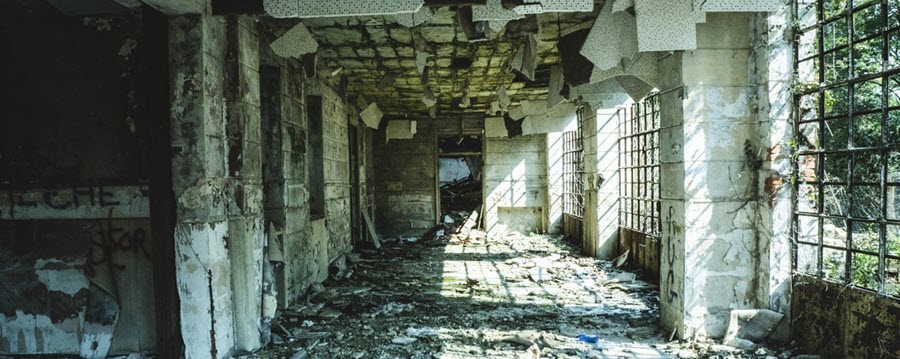
OSHA Regulations Related to Occupational Asbestos Exposure

As an employer or employee, there are many safety regulations that you are familiar with. But do you know how to properly manage and deal with asbestos exposure? According to the Occupational Safety & Health Administration (OSHA) and the United States Environmental Protection Agency (EPA), asbestos is considered a toxic substance and is subject to special regulations.
Asbestos Exposure Limits and Employee Notification
Asbestos is a known carcinogen that can cause asbestosis, mesothelioma and lung cancer. OSHA mandates that employees should not be exposed to more than “0.1 fiber per cubic centimeter of air as an 8-hour time-weighted average.” In order to ensure this, employers are required to sample the air where work is taking place and prove that the concentration of airborne asbestos is within legal limits. The samples must be collected by a laboratory that follows OSHA guidelines for sampling.
All methods of air sampling and the results must be documented. The employer also has a duty to inform each affected employee in writing or by posting the results in a break room or general area where all employees can access them. This must be done within fifteen days of receiving the lab results. If the results show that the airborne fiber limit is over the accepted amount, the employer must also notify employees of the actions being taken to correct the problem.
Creating Regulated Areas
After identifying areas that contain excessive airborne asbestos fiber concentrations, these areas must be marked and access to these areas should be limited to authorized persons. These authorized persons must be provided with respirators that meet OSHA standards. Because of the dangers of inhaling and ingesting asbestos, no one is allowed to smoke, drink, eat, chew tobacco or gum or apply make-up in regulated areas. Proper ventilation should be installed in all of these areas as well.
Safe Asbestos Practices
Anyone working with or around asbestos must also be provided with and use Personal Protective Equipment (PPE). This consists of disposable clothing, head and foot covers as well as eye protection and respirators. It is the employer’s responsibility to make sure that all clothing is properly disposed of asbestos after use and replace it when necessary.
After completing a work shift, employees are required to take showers before leaving the work place. In areas designated as break rooms or lunch rooms, ventilated, purified air should be made available to all employees.
In order to make sure that all people entering a potentially hazardous area are sufficiently warned, warning signs should be posted where they are clearly visible. In addition, warning labels should be used on all materials containing asbestos fibers.
Asbestos Resources:
- Learn more about Mesothelioma prognosis and asbestos safety at asbestos.com.
- Visit the OSHA asbestos safety page.
- View OSHA and ANSI asbestos warning signs at ComplianceSigns.com.
- Browse Respirator PPE signs and labels at ComplianceSigns.com.
Identify Regulated Areas
Areas that contain excessive airborne asbestos fiber concentrations must be marked and access limited to authorized persons with respirators that meet OSHA standards. Eating, smoking, drinking, tobacco and gum are not allowed. Proper ventilation should be installed in all of these areas as well.

